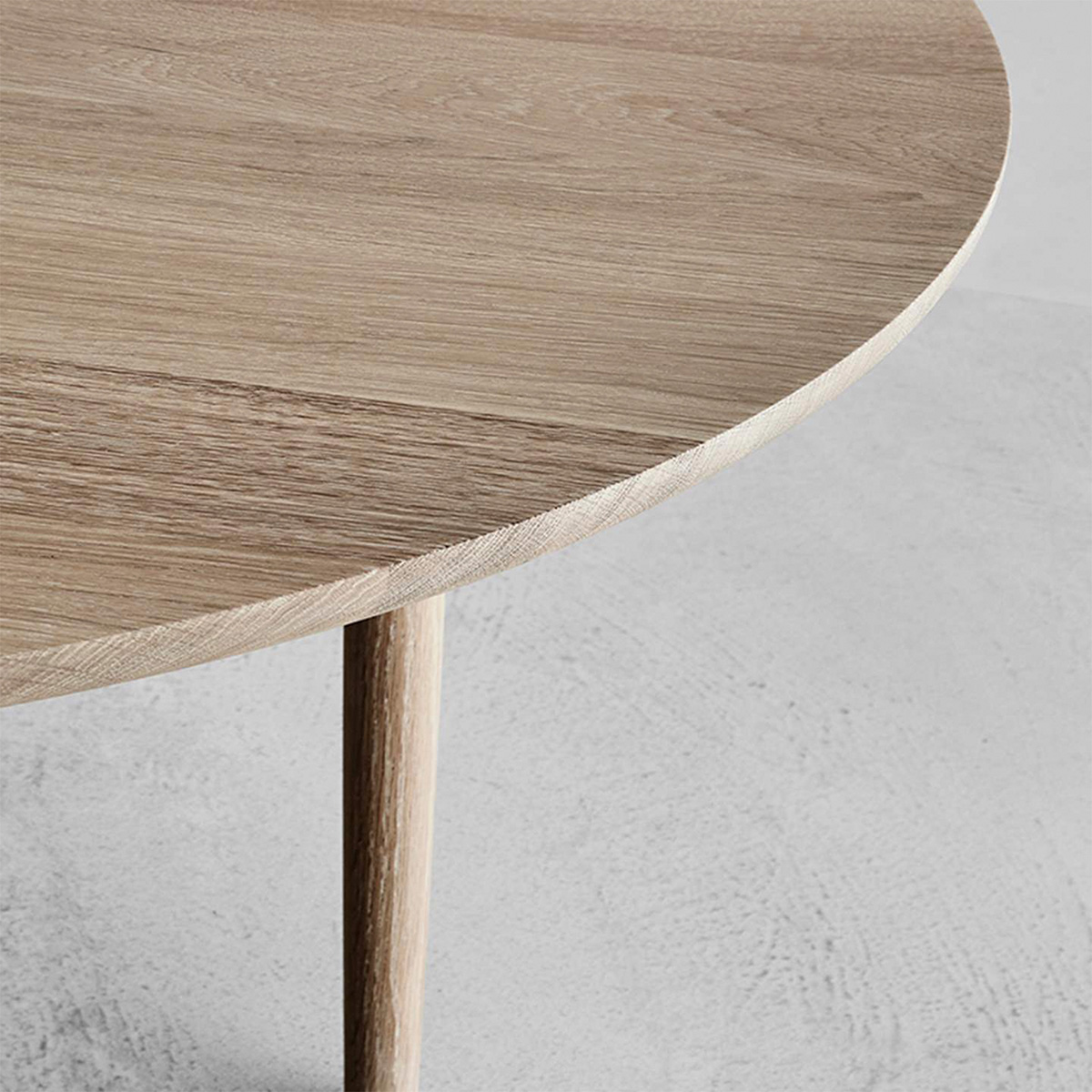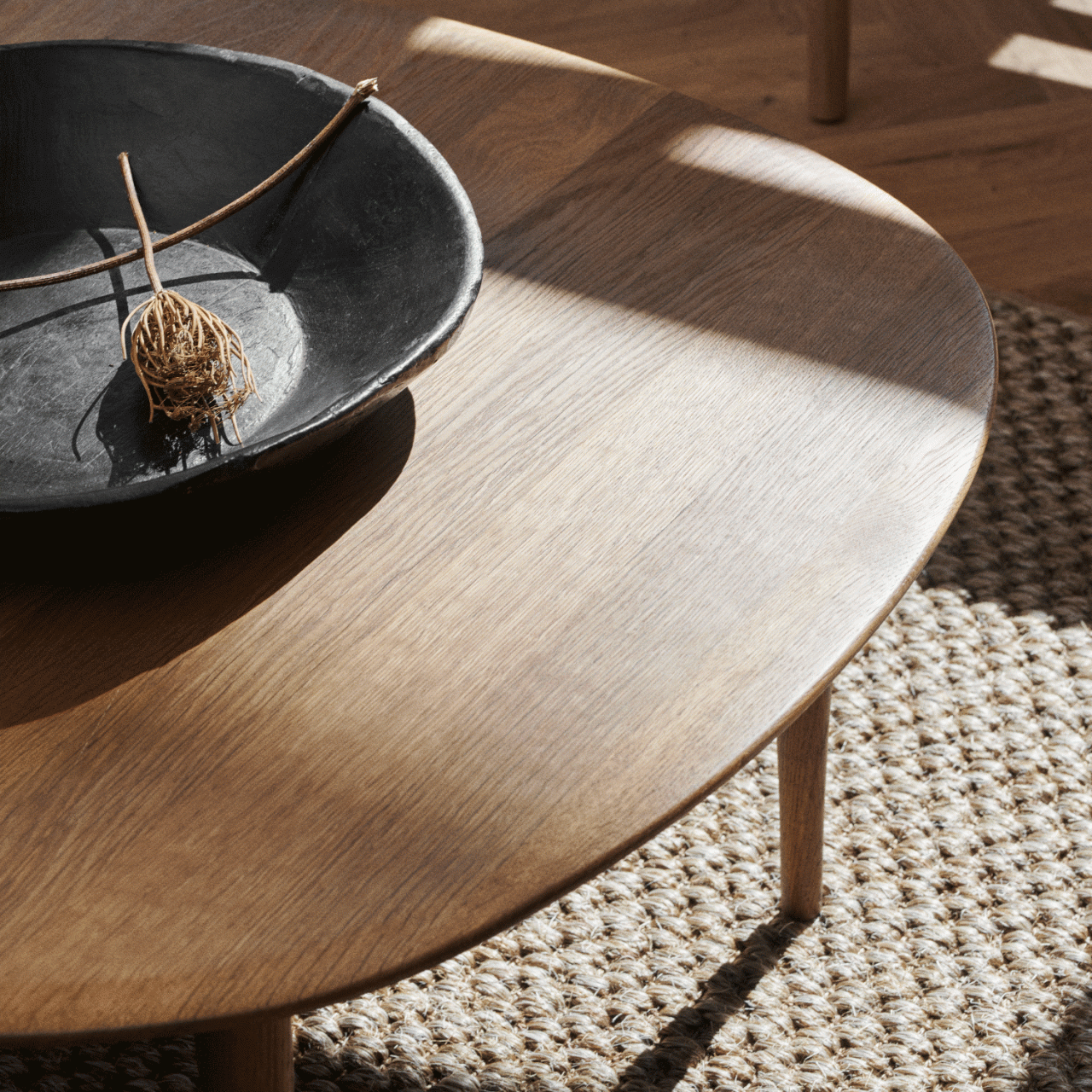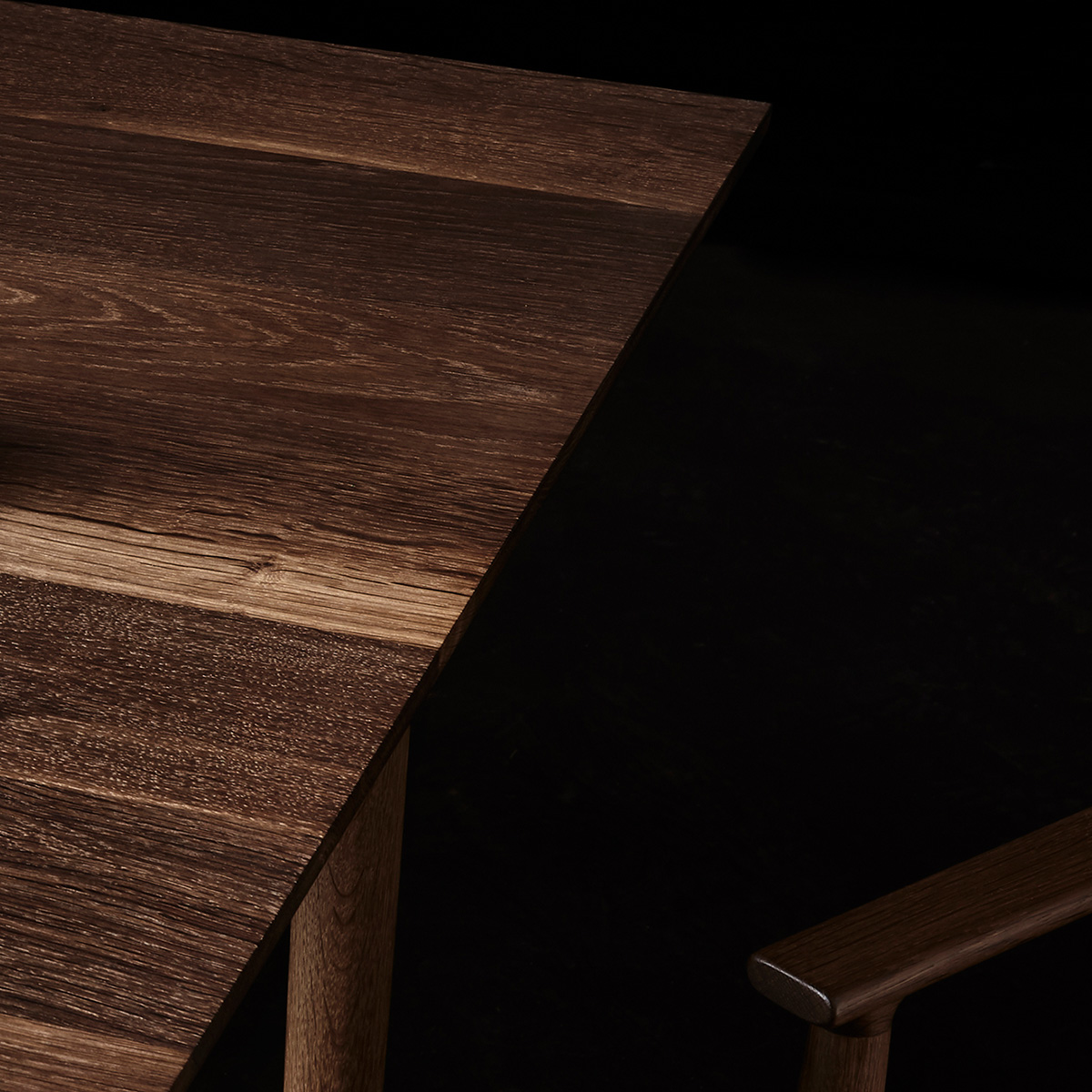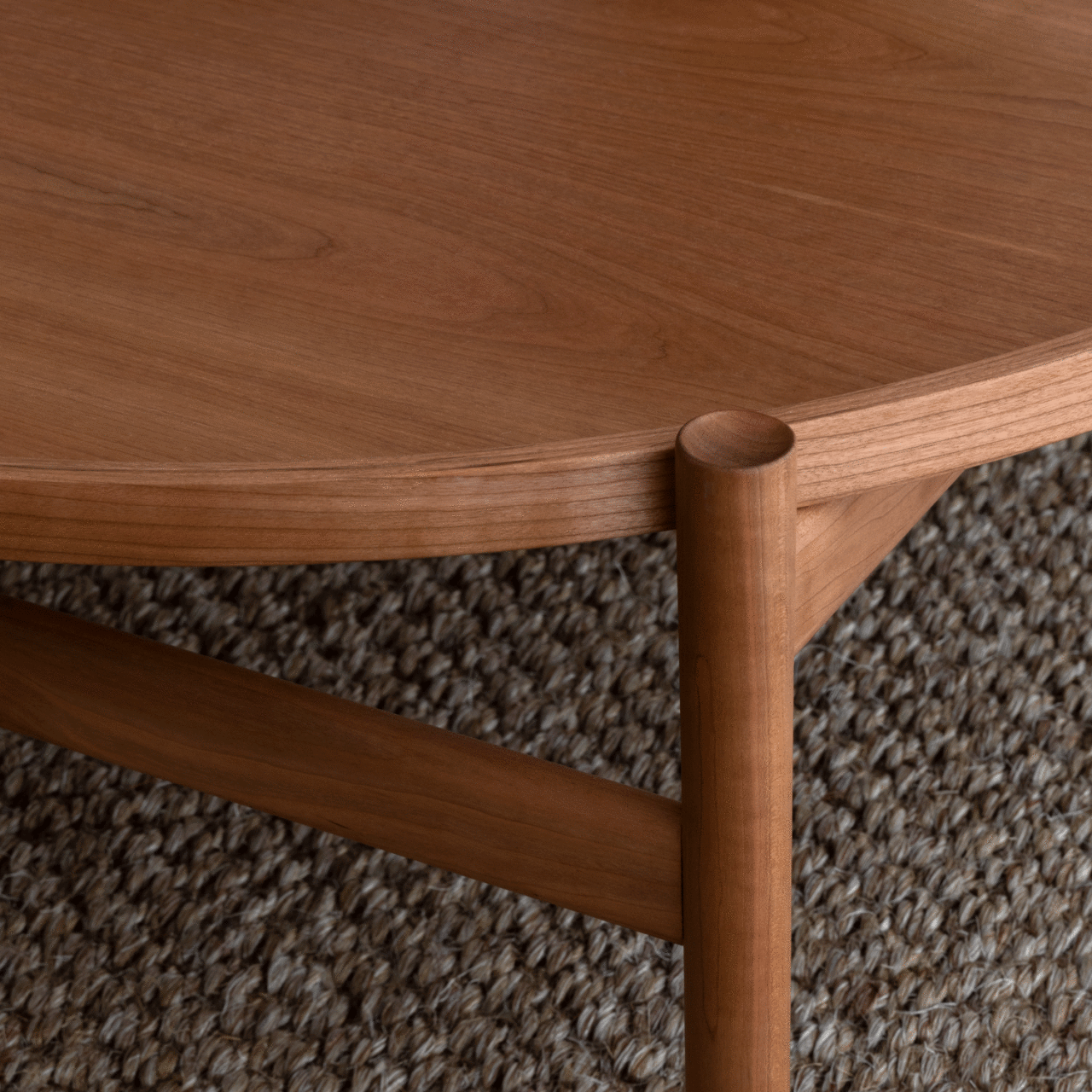
Oil Treated Wood
In order for wood to retain its longevity, oiled wood surfaces must be maintained with sandpaper and oil, in order to give the oil surface a softer look and help with the development of a natural patina.

Daily Cleaning
Oil surfaces are easy to maintain by wiping down on a daily basis with a damp cloth (it should be wrung out, with as little water as possible) to remove any moisture, dust or residue. Once the surface has been wiped, use a dry cloth to ensure any excess moisture is removed. Be aware that the location of the furniture can have an impact on how the wood is maintained, for example if it is kept in direct sunlight or close to heated areas, this can dry out the wood and potentially cause it to split.
Important: Always avoid using very wet cloth on oiled surfaces as this will cause harm. If the stains are difficult to remove, you can dampen the cloth in water and wring it out, then use a dry cloth to dry the surface afterwards.

General Maintenance
It is needed yearly, or after anything has happened to the table, for example spills or damage. After wiping down the wood with a hard-wrung cloth, you need to add a new layer of clear, hard-wax oil. Apply the oil directly onto the wood, before treating the overall surface and removing any excess. After the oil has dried, use another hard-wrung cloth to remove the remaining dust. If light stains occur, sand the wood down with 150 grain sandpaper or a sand sponge, remove any excess dust from the surface, then give an oil treatment in the same direction as the wood’s grain. After the wood has been oiled, clean it twice and leave it for ten minutes. Ensure the wood is left for a minimum of 48 hours with no direct contact in order to avoid engraving any stains.
If the surface has harsh bruises or stains, for example from cups, then the oil surface must be sanded off and co- loured oil should be applied. Remember to always sandpaper in the direction of the wood grain.

Cherry Wood
Cherry wood is a beautiful material, prized for its warm tones and intricate grain pattern. As with any natural material, it requires care to maintain its beauty over time. We recommend limiting direct exposure to sunlight, and keep the table at distance from direct sources of high heat and humidity. These simple steps can help ensure that your table remains in excellent condition for years to come.